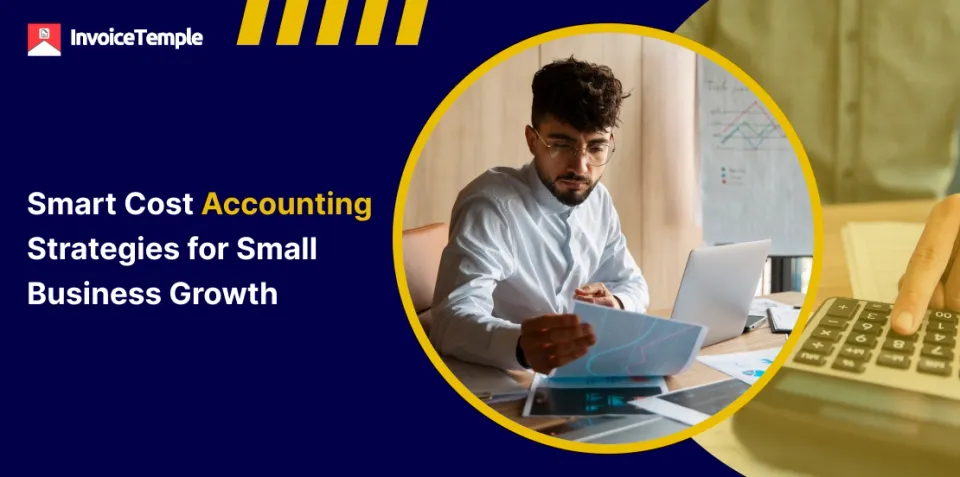
Which understanding do you want as a small business
owner? It’s the accounting techniques. Each cost that is spent in
business must be considered for the seamless growth of the business.
Careful
consideration of the business accounts can be done by cost accounting.
If you track all the money spent in your business, then you can make
wise decisions to boost business growth.
This blog suggests some
basic ideas related to smart accounting strategies that boost up the
financial growth of the business. So, continue to read and get valuable
insights.
Do you know what cost accounting is?
It is a form of accounting that focuses on managing the production costs of businesses. The primary aim of this accounting procedure
is to identify the cost of the production process. The cost accounting
doesn’t include investors or any bank parties. Usually, this cost
accounting is not included in the annual statements. This cost
accounting is the tool that the business owners use from behind.
The
internal management of the business makes use of this cost accounting
for the cost identification process of the business. Once the costs are
recorded, a comparison can be done between this input cost and the
production output. This is an effective way for analysing the financial
performance and stability of the business.
There are various types of costs included in the business accounts, and some of them are mentioned below.
- Direct Cost—These are the expenses that are directly related to the production rate of a product.
- Indirect Cost—These are the expenses of the product that are essential for the production but cannot be linked to the product.
- Operating
Costs—These are the essential costs that are spent day to day. These
operating costs are also called mixed costs. Also, these operating costs
can be fixed or variable. Some examples of these operating costs are
office requirements, electricity charges, salaries, etc. - Fixed
Costs—These costs are fixed and do not vary depending on the production
state. The stability level of the business production does not affect
these costs. Examples of this fixed cost are rent of the building,
insurance, etc. - Variable Costs—As the name mentions, these
costs vary according to the business activities. These costs may
increase or decrease according to the fluctuation in the basic value and
economic situation.
There are different types of cost accounting, and they are explained below.
Activity-Based Costing: Every
business has some overhead expenses. Allocating these overhead expenses
based on their consumption refers to activity-based costing. The
activities like the designing process, distribution, etc. are considered
cost drivers. This activity-based costing is more accurate, and it
gives a clear view about where the cost is spent.
Standard Costing: The
standard costing assigns the standard inventory costs. Also, these are
the basic budget amounts. These are based on the use of the goods under
standard operating conditions. Also, you can compare the standard cost
with the actual amount that is spent.
Lean Accounting: It
is the process of eliminating the extra expenses in the production
process. This helps in streamlining the business production.
Marginal Costing: It
focuses on the budget for extra production in the business. This helps
in improving the business’s efficiency with increased production
levels.
There are some tips for cost accounting, and they are as follows:
- Make sure to record all the expenses without neglecting even a minor one.
- Track the incoming and outgoing amounts in your business.
- Make use of accounting software to track the business accounts.
- Maintain an organized record for easy comparison with the records data.
Explore InvoiceTemple’s accounting software, track all your expenses, implement the cost accounting principles, and attain financial success in your business.


0 Comments